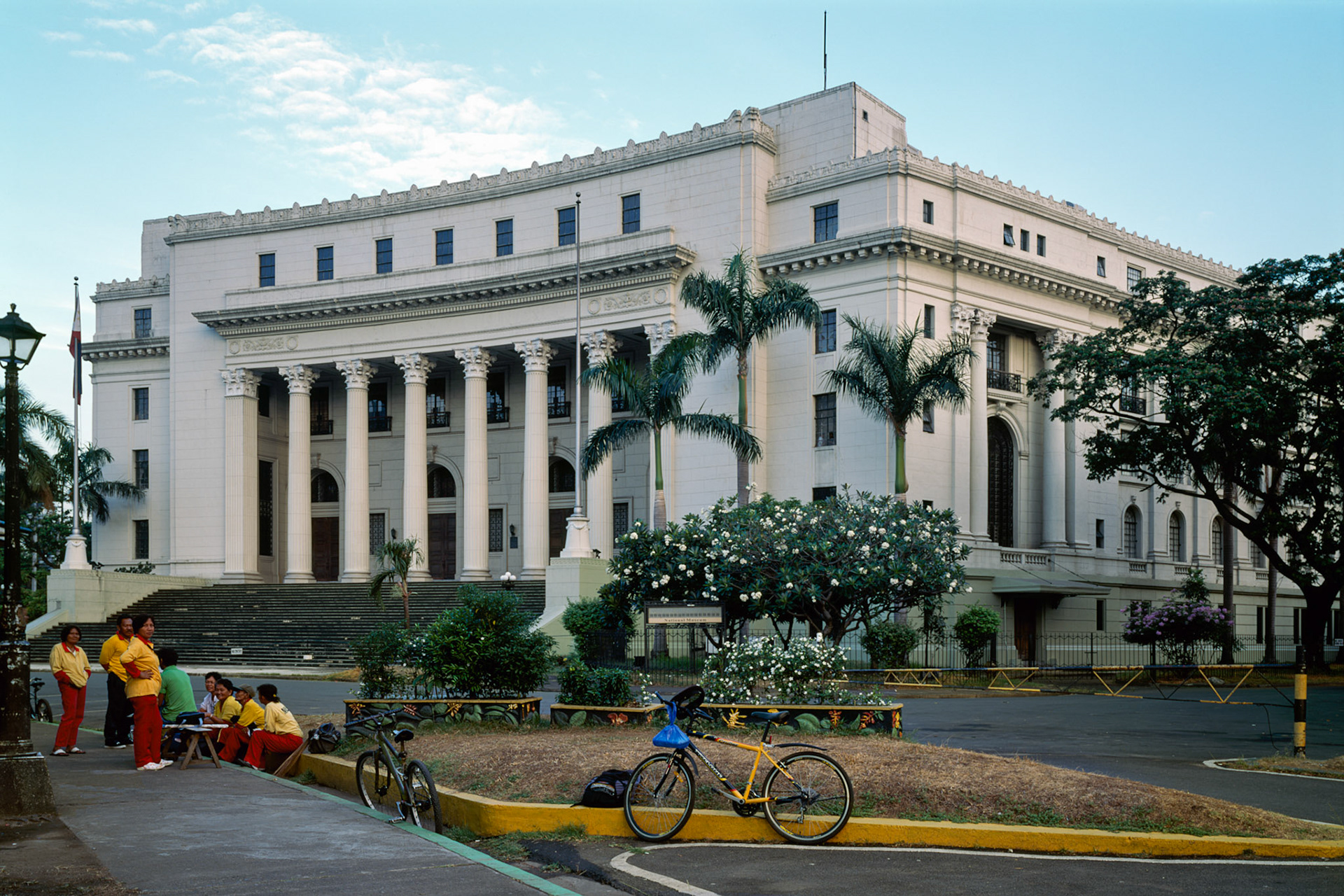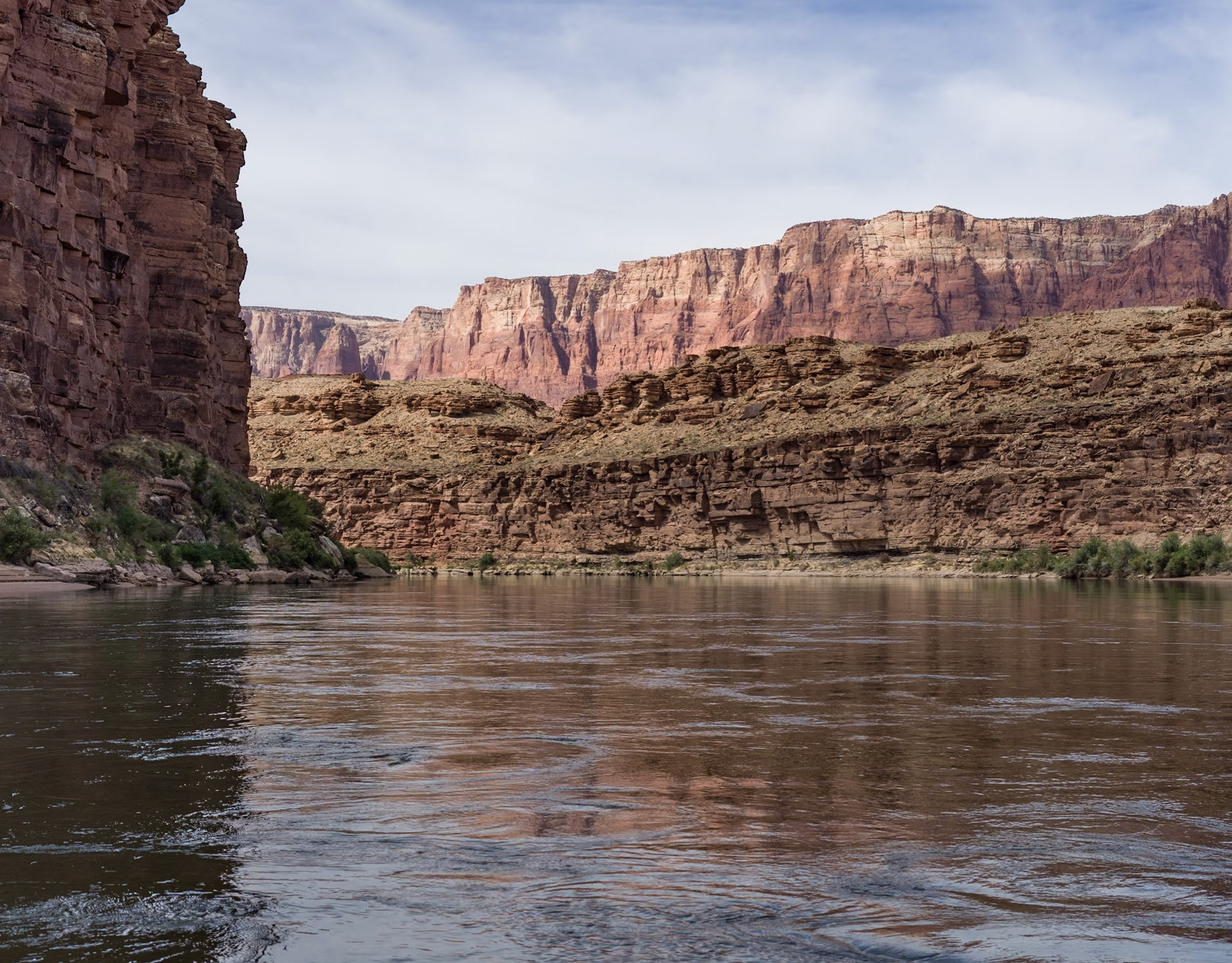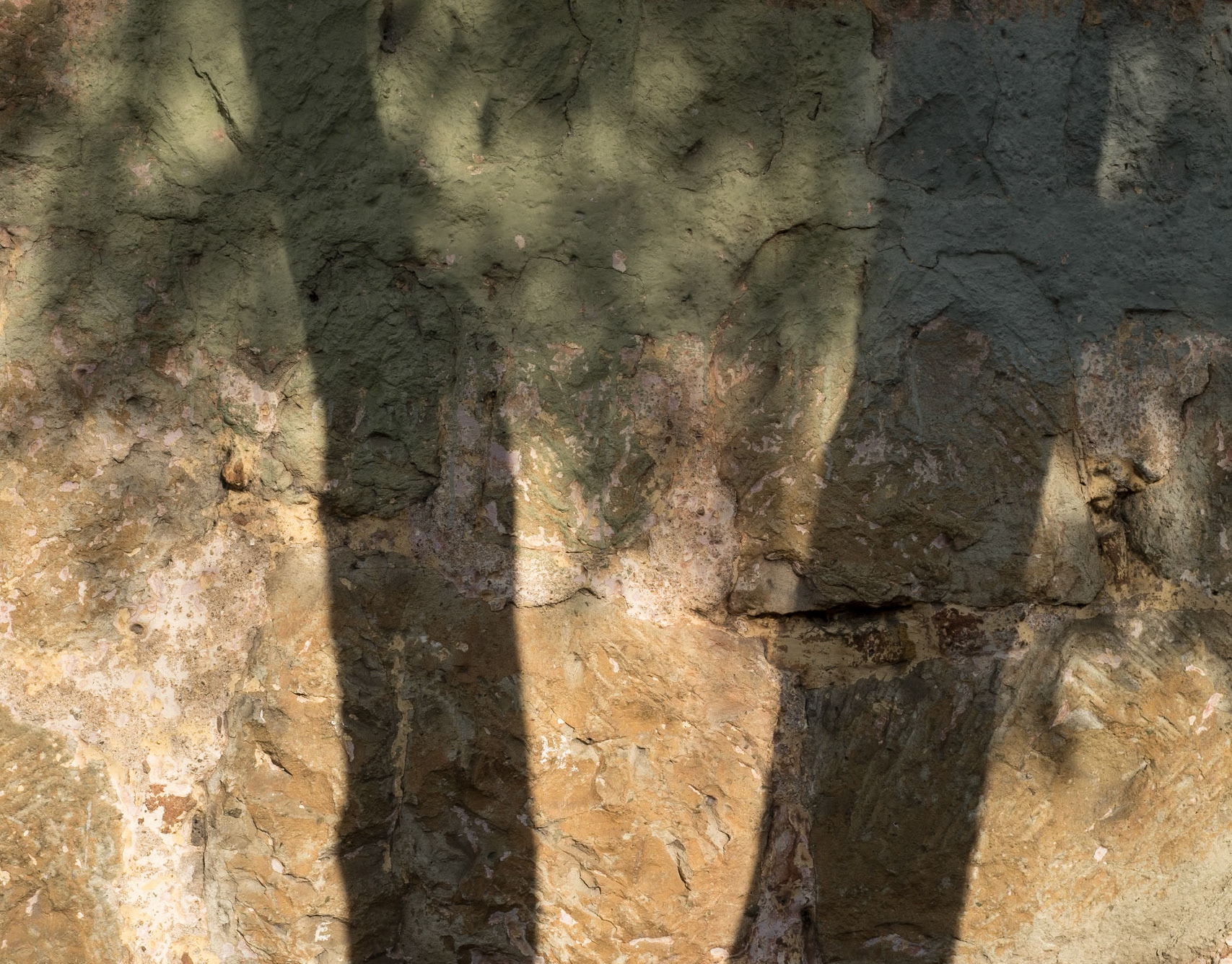![Map4F G8064.M5 1905 .B8 no. 1Title: Manila, P.I. : plan of proposed improvementsAuthors:= Burnham, Daniel Hudson, 1846-1912 = = Anderson, Pierce, 1870-1924 = = Norris Peters Co. = = United States. Congress. House = = Government Printing Office Place:[Washington, D.C.Publisher: Government Printing OfficeDate: 1906]Size : 1 map ; 53 x 79 cm.Notes: Detached from Daniel H. Burnham and Pierce Anderson's Report on proposed improvements at Manila in 59th Congress, 1st session, 1905-1906. House Document 2, volume 10, between p. [636]-637 [Serial Set 4951].'This plan accompanies report to Hon. William H. Taft Secy. of War. Approved June 28, 1905. [printed signatures of] D. H. Burnham, Pierce Anderson.' Subjects: Manila (Philippines) - Maps - 1905scan @300 dpi in 8 sections and pieced togetherdate 5-12-08](https://cdn.myportfolio.com/7b8f0a1d-abab-4282-8e21-15227bb1a2a6/6330f7f6-1170-422a-a435-c35639b86c98_rw_1920.jpg?h=f718bbf306556f85788171678746e141)
Map4F G8064.M5 1905 .B8 no. 1Title: Manila, P.I. : plan of proposed improvementsAuthors:= Burnham, Daniel Hudson, 1846-1912 = = Anderson, Pierce, 1870-1924 = = Norris Peters Co. = = United States. Congress. House = = Government Printing Office Place:[Washington, D.C.Publisher: Government Printing OfficeDate: 1906]Size : 1 map ; 53 x 79 cm.Notes: Detached from Daniel H. Burnham and Pierce Anderson's Report on proposed improvements at Manila in 59th Congress, 1st session, 1905-1906. House Document 2, volume 10, between p. [636]-637 [Serial Set 4951].'This plan accompanies report to Hon. William H. Taft Secy. of War. Approved June 28, 1905. [printed signatures of] D. H. Burnham, Pierce Anderson.' Subjects: Manila (Philippines) - Maps - 1905scan @300 dpi in 8 sections and pieced togetherdate 5-12-08












In 1904 the United States government sent the prominent architect and city planner, Daniel Burnham, to the Philippine Islands to modernize the capital and a second smaller city to be used as a "summer capital." Plans were drawn for Manila and Baguio and building began. Though shifting political and economic interests eventually disrupted the project, Burnham's plans and vision continued to exert an influence on local architects and city planners, even building codes, well into the 1940's.
The greatest concentration of Burnham's legacy can still be found in Metro Manila, an urban continuum of more than 10 million people. Clustered around a large park designed by Burnham, in an old section of the city, are several graceful Beaux Arts buildings designed by Burnham's proteges, principally William Parsons. Street systems reminiscent of Burnham's plans drawn for San Francisco and Chicago emanate in an orderly fashion outward from the park to then fade quickly into the fabric of a remarkably chaotic cityscape.









